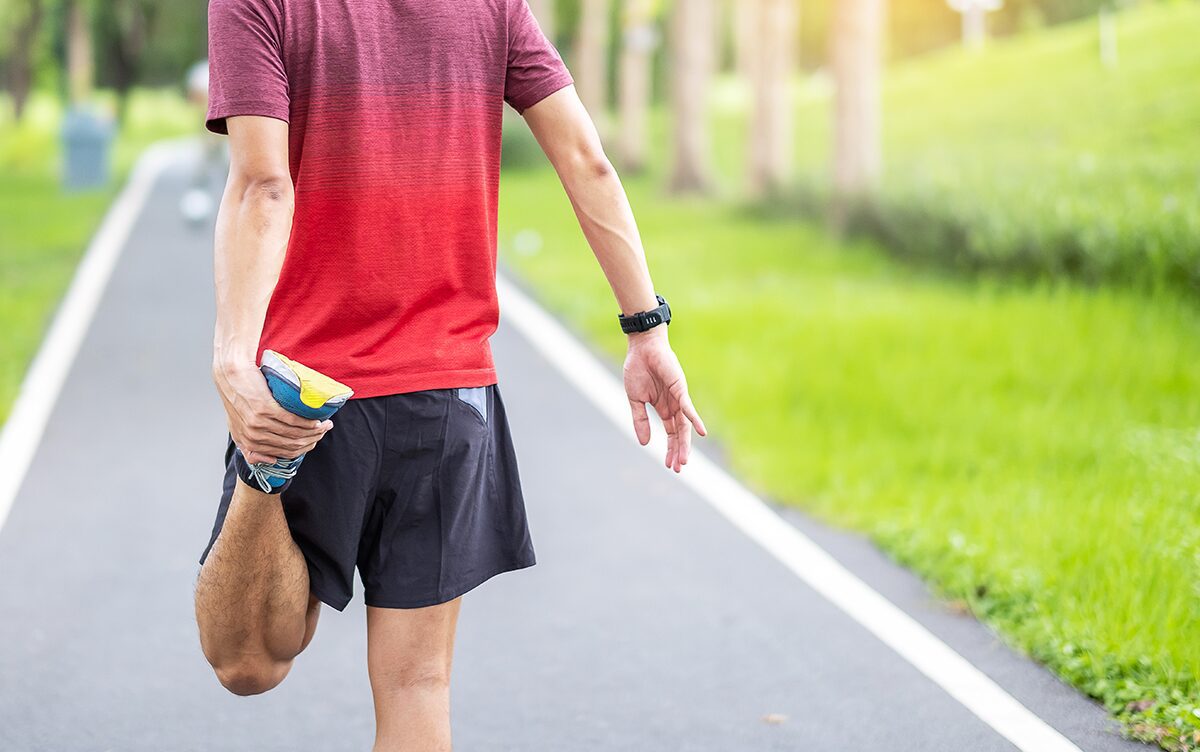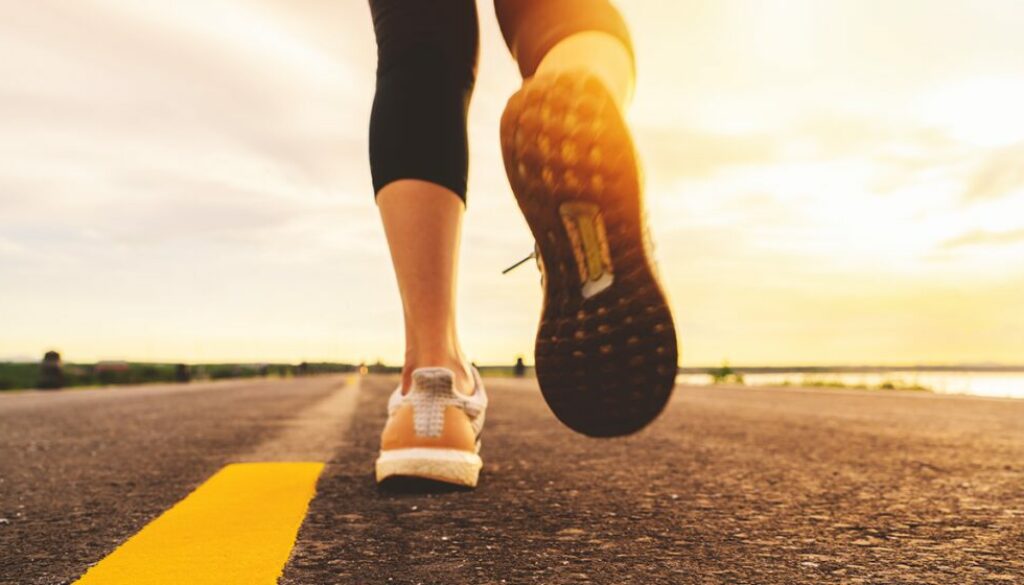Running the Grand Strand: A Beginner’s Guide to Running
Ready to start running this year but don’t know where to start? Don’t worry our beginner’s guide to running has you covered. Running is one of the simplest yet most effective forms of exercise. It requires little equipment, can be done anywhere, and has immense health benefits. Plus, it’s a wallet-friendly workout! Here on the grand strand, there are tons of spots to hit your stride, and most of them are free. Not only does running come with health & budget benefits, it’s also a great way to meet people and get involved in a positive community.
You don’t have to be an elite athlete to enjoy running. If you can walk, you can run. Talk to your doctor before you make any major lifestyle changes and if you are living with any medical conditions. CMC Primary Care providers are able to provide medical advice tailored to your unique needs.
Health Benefits
Implementing running into your regular exercise routine will benefit your overall health. Running regularly can have the following benefits:
- Improves heart health & lowers blood pressure
- Strengthens bones and joints
- Helps maintain a healthy weight
- Reduces stress & elevates mood
- Boosts energy levels
Getting Started: A Beginner’s Guide to Running
Oftentimes, getting started is the hardest part. If you’re new to running, or easing back into it after a hiatus, follow these basic tips to build up your endurance safely and avoid injuries:
- Get a pair of running shoes
Wear a comfortable running shoe that supports your foot and is the correct material for the type of training you plan on doing. For more information on finding the right athletic shoe, click here.
- Warm-up properly
Warming up properly before a run is key for preventing injury and improving the run itself. Dynamic stretching is the best way to prepare your body for a run. Dynamic stretching is different from static stretching. Dynamic stretching is more active and gets the joints, muscles and blood flow going prior to a run. Some of the best dynamic stretches include:
After a run, it is just as important to cool your body down. This is where static stretching is best. Static stretches are what most people think of when they think of stretching, such as reaching for your toes, butterfly stretches, and calf-stretches.

- Walk to run
A mistake a lot of runners make when starting out is focusing on distance and pace instead of time spent in motion. For example, instead of making your goal, “I want to run 2 miles”, make your goal “I want to stay on my feet for 20 minutes without stopping”. Most people who set out to run two miles will be so fixated on getting those miles done as fast as possible, that they will push their pace too much in the beginning and end up giving up halfway through. Instead, by deciding to just put one foot in front of another for 20 minutes with no goal or pace in mind, you’ll be shocked at how much more enjoyable it is.
A great method to utilize is walk/run intervals. Say your goal is to go for a 30-minute run. Start by walking for two minutes, then run for one. Repeat that 10 times and you’ve hit your goal! Not only will you feel proud of yourself for achieving your goal, you might find it was actually enjoyable. This will make you excited to try it again, and the more often you practice, the longer you’ll be able to run without as much walking.
- Build slow
Like anything, practice makes perfect. The more often you run, the easier it will be, and the longer & faster you’ll go. However, it’s important to progress slowly and safely. Your total mileage should only increase by about 10% each week. You should also be implementing at least 1-2 rest days along with proper recovery.
- Focus on form
Proper running form will make your runs easier and will reduce your risk of injuries. Good running form looks like:

- Imagine you are a puppet on a string. Keep your body long and straight and your gaze about 10 to 20 feet ahead of you.
- Keep your hands at waist level. Beginners tend to lift their arms up high by their chest which actually makes a run more tiring.
- Relax your fists.
- Relax your shoulders.
- Run lightly and land softly on your feet. Avoid bouncing up and down as you run.
- Keep your arms by your sides. Imagine you have a vertical line down the middle of your body, your arms should not cross that line.
- Incorporate strength training
Mixing up your runs with strength training is crucial for improvement and keeping your muscles safe. Take a couple days a week when you are not running and complete a workout that incorporates the five elements of a well-rounded workout routine. To read more about building an ideal workout plan, click here.
- Fuel and hydrate properly
Focus on healthy carbohydrates, protein and hydration. Healthy carbohydrates will be the main source of fuel for your runs. Getting enough protein in your diet will help with muscle recovery. Speak with a CMC Dietician for specific, personal nutrition guidance.
Let Conway Medical Center Support Your Health Journey
Before you lace up your shoes for your first run ever, in a while, or just this year, speak with a medical professional. Your primary care provider can help you assess your physical abilities and set safe and realistic goals. If your doctor notices any physical concerns, they can refer you to a CMC Physical Therapist or a CMC Orthopedic Specialist. Wherever you’re at in your running journey, CMC is here to help you every step of the way.




